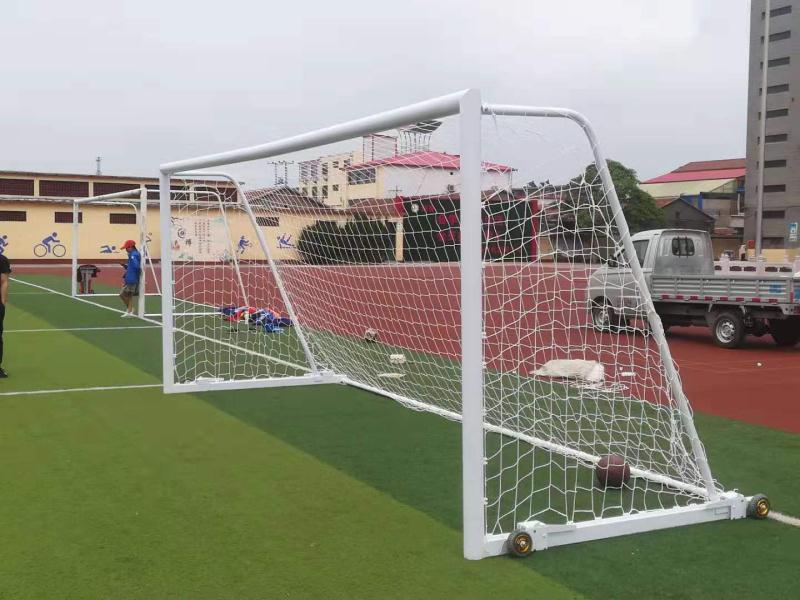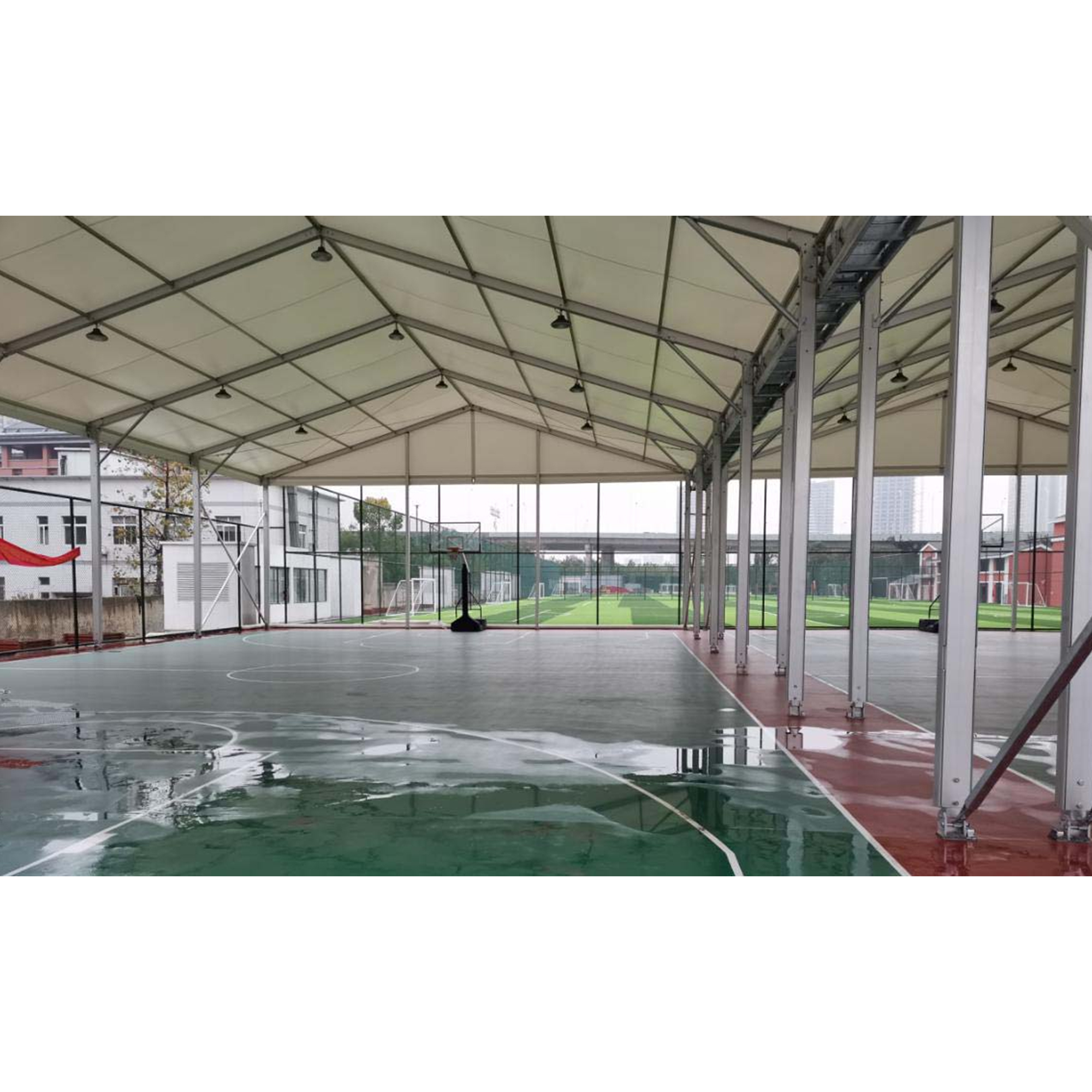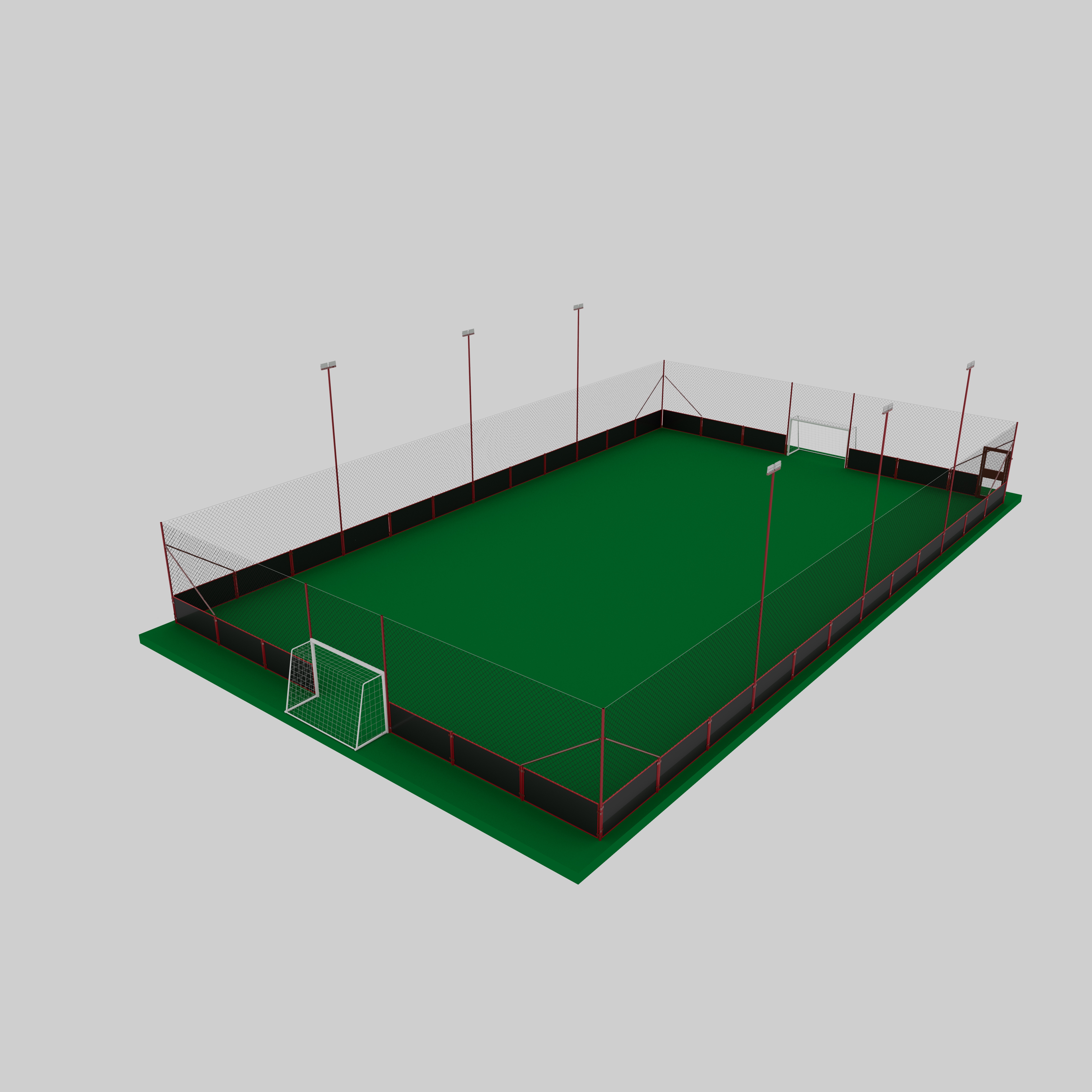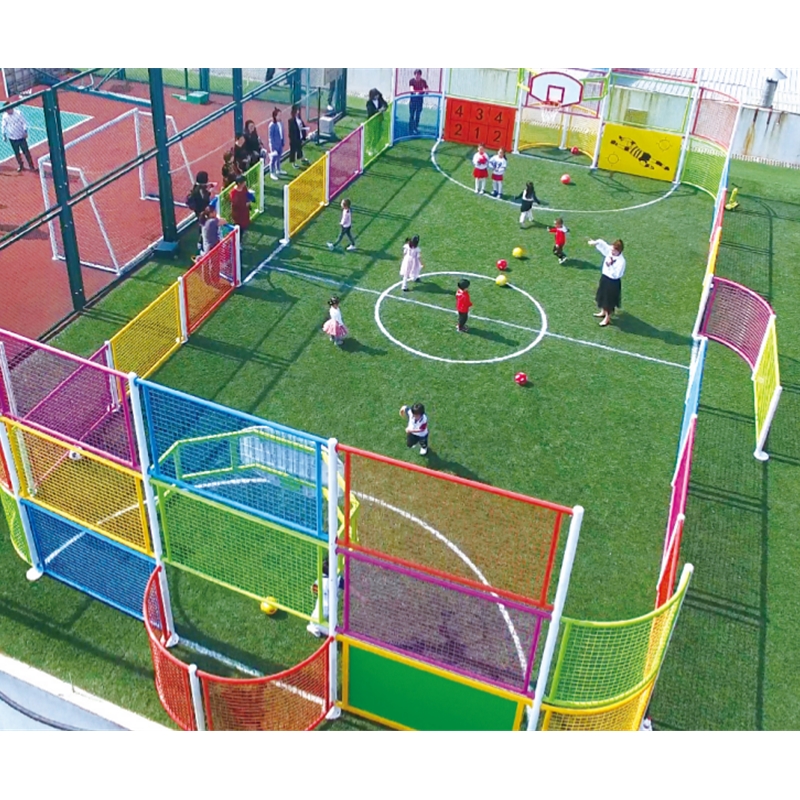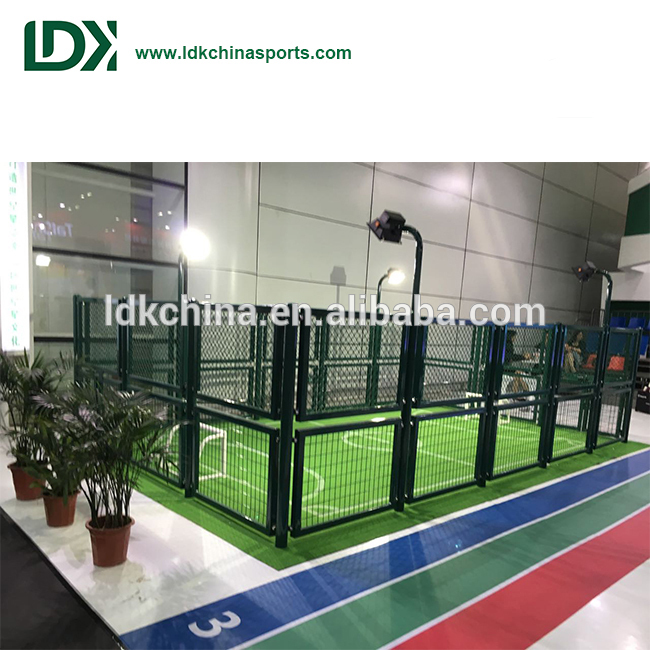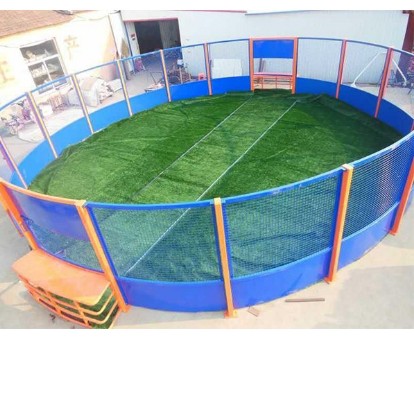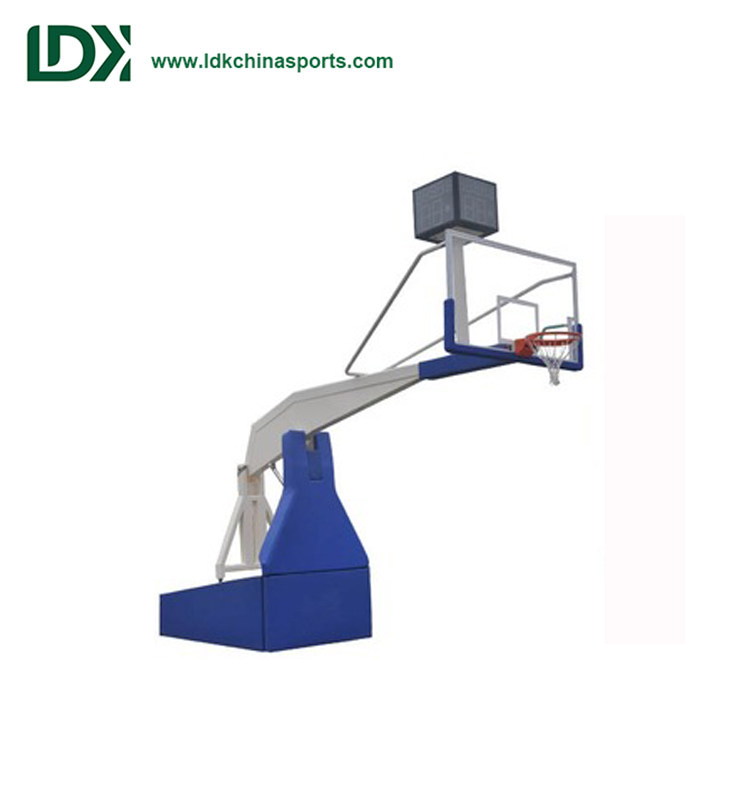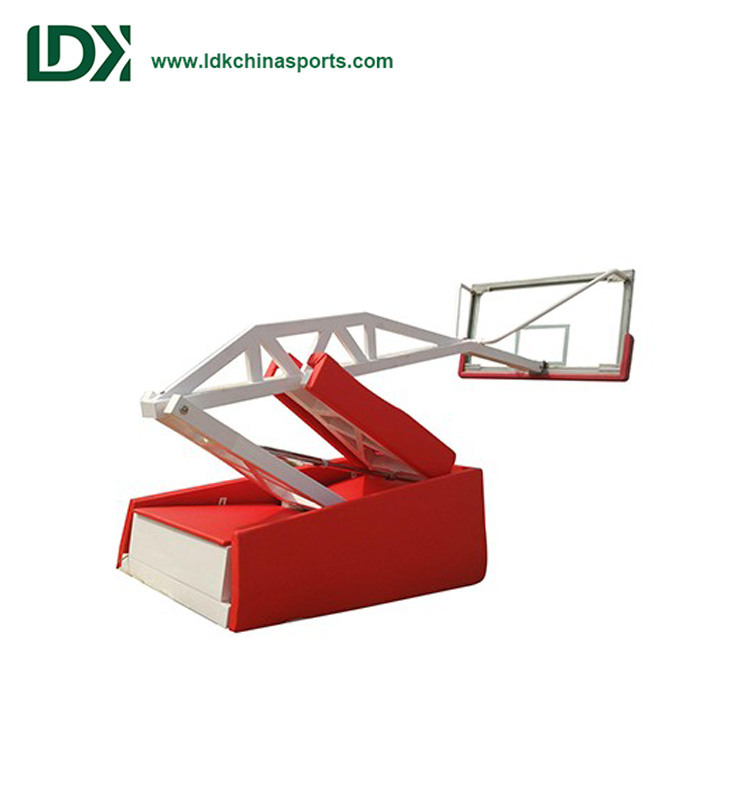Soccer as the World’s Number One Sport
To become a professional player, one must be cultivated from a young age. Essential basic skills include running, defending, kicking, and ball control. As a hobbyist, personal practice should focus on three core areas: aerial ball movement, timing precision, and shooting techniques.
Experience Movement Practice
- Group practice (no participant limit):
- Two-person drill: Partners alternate throwing high balls for aerial practice.
- Solo drill: Throw the ball against a wall and practice heading rebounds.
- Key points: Consistent body swing mechanics, stable head positioning, and full-body coordination.
Basic Technical Movements
- Group size: 2-3 players.
- Focus: Fluid movement sequences and accuracy.
- Rationale: Real-game unpredictability demands precise ball control under pressure.
Game Integration
- Combine passing/shooting drills with实战模拟 (simulated scenarios).
- Use small-sided fields (e.g., 5v5) to emphasize practical application.
Player Development Stages
- Childhood: 5-7 years (fundamental motor skills), 8-10 years (basic techniques), 10-12 years (positional awareness)
- Pre-formative: 13-15 years (tactical foundations)
- Formative: 15-17 years (advanced tactics)
- Professional: 19/20+ years (high-performance specialization)
Soccer Equipment
- Field: Standard 5-a-side or larger pitch
- Goals: Two portable goals with nets (2x4m recommended)
- Balls:
- 30× #4 size (ages 8-12)
- 30× #5 size (ages 13+)
- Markers: Red/Yellow/Blue/Green color discs
- Uniforms: 10× single-color + 30× mixed-color sets
- Gear: TF cleats, moisture-wicking jerseys, coaching whistles
Soccer Training Program
Optimal Cycle: Game → Training → Game
- Weekly structure: Analyze weekend match performance → Design weekday drills → Test improvements in next weekend’s match
- Opponent selection: Prioritize teams of similar skill level
Grade 1-2 Focus
Coordination, agility, basic passing/stopping/shooting
90-Minute Session Template
- Warm-up (15min): Dynamic stretches + light ball work
- Non-contact drill (15min): Passing accuracy circuits
- Contact drill (15min): 1v1 defensive pressure
- Directional skills (15min): 3-player attacking patterns
- 5v5 game (20min): Live implementation
- Cool-down (10min): Stretching + video review
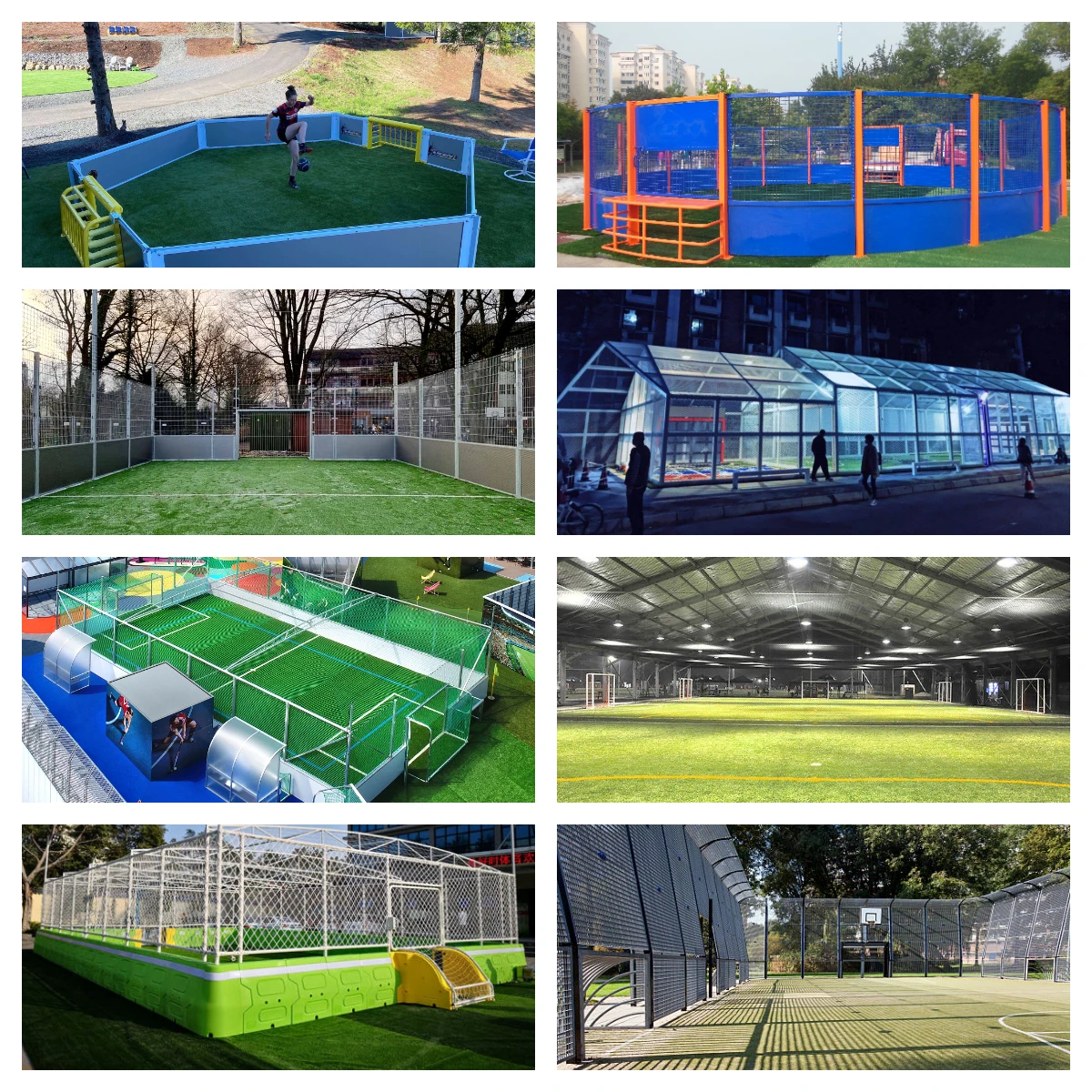
Best indoor soccer training equipment
Soccer Skill Development
1. Technical Mastery
- Core techniques: Push-pull turns, short/long passes, dribbling variations, shooting types
- Training methods: Individual repetition → Small-group drills → Small-field application
- Global comparison:
South America (technical creativity) > Europe (efficiency) > Africa (athleticism) ≈ Asia (discipline)- Asian context: Japan leads through systematic youth training (e.g., Tom Byer’s methodologies)
2. Tactical Intelligence
- Development path: Match analysis → Scenario simulations → Positional discipline
- Key habits:
- Pre-reception scanning (assess options before receiving the ball)
- Simple ball distribution (2-touch maximum under pressure)
- Intelligent off-ball movement (create passing lanes)
Critical Insight for Chinese Soccer
- Youth technical gaps persist even at professional levels (e.g., national team turnovers)
- Professional reality: 10% technical error → 100% match outcome penalty
Final Recommendation
- Study Tom Byer’s training videos for age-specific drills
- Implement “20-min daily solo technique + 60-min group tactics” routine
Publisher:
Post time: May-16-2025

